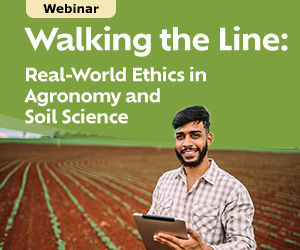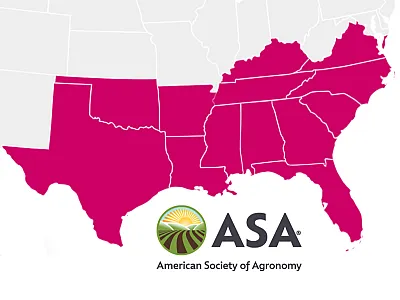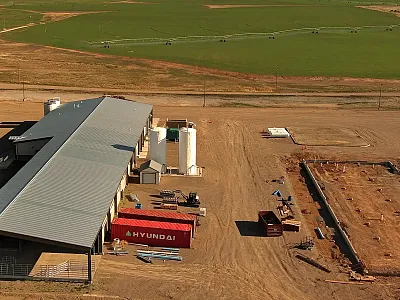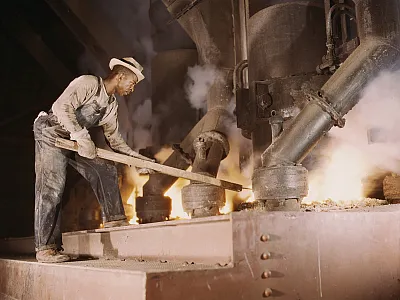Can Remote Sensors Measure Soil Carbon?
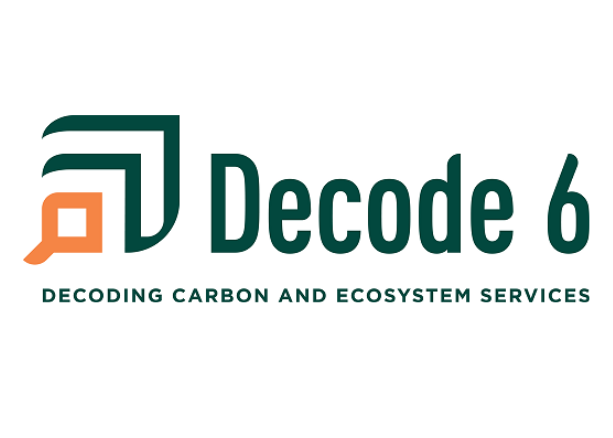
Can Remote Sensors Measure Soil Carbon?
The short answer: Remote sensing can provide information about indicators that relate to how much carbon may be in the soil, but with current technology, it’s not possible to measure soil carbon stocks with remote sensing from drones, unmanned aerial vehicle (UAVs), or satellites alone. Baselining and ground-truthing soil carbon estimates with soil samples is an important part of a high quality carbon measurement plan.
Break it down: Remote sensing gathers information about the earth’s surface using passive and active sensors. Data from remote sensors can help farmers and landowners manage their fields.
Recently, there have been multiple companies cropping up that claim to measure soil organic carbon concentration using remote sensors alone. So is that possible?
- Visible near-infrared and shortwave infrared (VNIR-SWIR) sensors in the lab, when used on small soil samples at close ranges, could help identify the amount of soil organic carbon (SOC) in a given sample as a recent study published in Soil and Tillage Research showed.
But estimating SOC using a drone, UAV, or satellite-mounted sensor is much more complicated.
- Drone, UAV, and satellite-mounted sensors cannot measure anything below the soil surface. They are also only able to measure soil physical properties as long as vegetation is not covering the soil.
- For bare fields, scientists have had some success using SWIR or near-infrared wavelengths to estimate soil organic carbon concentration. But those estimates still require calibration data to train the model and samples to ground-truth the accuracy of the model estimates.
- Plus, remote sensing can’t tell you anything about the distribution of soil carbon deeper in the soil profile.
- Finally, predictions about soil carbon are only as good as the training data used to create the models underlying the conversion of remote-sensing information to soil carbon concentration. These models are often based on publicly available data sets relating soil type, texture, and baseline carbon concentrations.
Understanding the carbon distribution in the soil is a key hurdle for remote-sensing technology. Without knowledge of carbon concentrations throughout the soil profile, it’s incredibly difficult to get an accurate measurement of soil organic carbon stock.
So what can remote sensors tell us about indicators related to SOC?
- Biomass: The amount of vegetation in a field or forest is linked to the amount of carbon that ends up in the soil. Remote sensors can be helpful for estimating how vegetation growth might impact carbon concentration over time.
- Soil moisture: Remote sensors are helpful for sensing soil moisture, which is often related to soil carbon concentrations.
- Thermal: Bare soil temperatures are cooler when there is more moisture present and warmer when less moisture is present.
- Radar: Backscatter from radar can tell you about soil structure.

Finally, here are some questions to ask when evaluating whether a remote sensor will be able to give you the information you need for your field, farm, or project:
- What is the uncertainty of the model?
- How was the model trained?
- Which indicators is the model using?
- Does the scale of the measurement match up with the information reported?
In short, you really can’t get away from taking in-field measurements to verify that the predictions made by a remote-sensing model are accurate. Remote-sensing data are useful for monitoring and prediction but do not replace soil sampling and on-the-ground data collection.
This article comes to you from Decode 6 (https://decode6.org/), bringing clarity to carbon and ecosystem service markets through transparent, unbiased, and freely accessible educational content for all. New articles, videos, podcast episodes, and explainers are rolling out on the site all the time.
This article was written by DJ May and reviewed by Jennifer Watts (Woodwell Climate Research Center/Montana State University). It is the third in a three part series on remote sensing. Read “How do Remote Sensors Work? (https://decode6.org/articles/how-do-remote-sensors-work) and “What Can Remote Sensing Tell You about Your Field?” (https://decode6.org/articles/what-can-remote-sensing-tell-you-about-your-field).’’
Text © . The authors. CC BY-NC-ND 4.0. Except where otherwise noted, images are subject to copyright. Any reuse without express permission from the copyright owner is prohibited.



